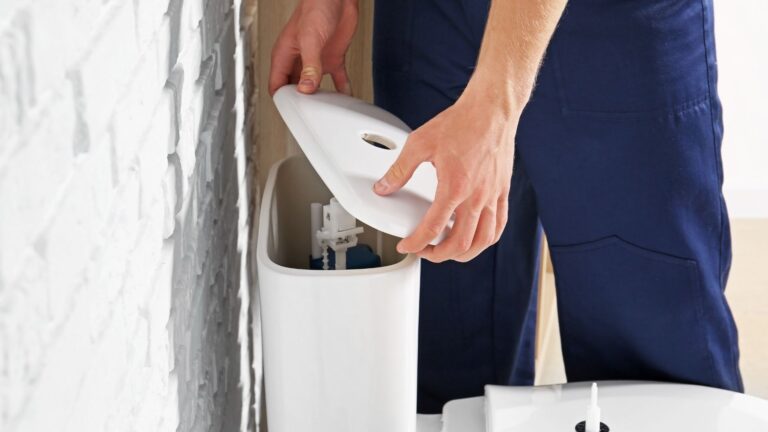Well-functioning toilets are crucial to a home’s overall plumbing health. However, many homeowners face issues like running toilets or outdated fixtures, which can drive up water bills and lead to other complications. Below are insights into toilet installation, effective plumbing repair, and best practices for maintaining healthy residential plumbing systems. These tips, along with the resources shared, can help homeowners achieve optimal toilet performance while avoiding common pitfalls.

Early detection of plumbing issues is essential for residential plumbing upkeep. Keep an eye out for frequent refilling or unusual sounds, as these may signal a malfunctioning component.
Upgrading an outdated or unreliable toilet can be more cost-effective than repeated plumbing repair efforts. Homeowners can learn from this step-by-step account of
I installed my new toilet, so can you! to understand the basic process and common challenges.
In many cases, worn mechanisms or minor malfunctions can be resolved through simple part replacements. This guide on toilet repair highlights how to identify and replace faulty assemblies, preventing running toilets from wasting water or causing hidden damage.
Whether performing a full replacement or addressing minor plumbing repair, following professional guidelines can prevent water leaks and damage to flooring. For a comprehensive outline, consider the resource on how to install a toilet detailing each step needed for a secure seal and proper function.
Effective toilet installation and attentive maintenance are cornerstones of reliable residential plumbing. Avoiding running toilets not only conserves water but also reduces the potential for costly plumbing repair work. By choosing efficient fixtures, understanding fundamental installation steps, and staying proactive with parts maintenance, homeowners can keep their bathroom fixtures running smoothly and extend the life of their overall plumbing system.
